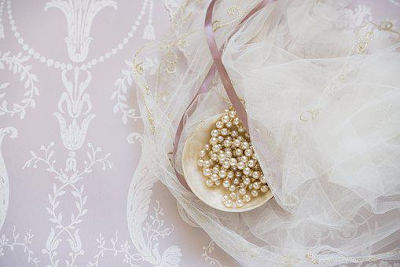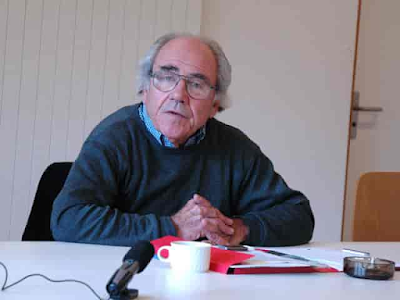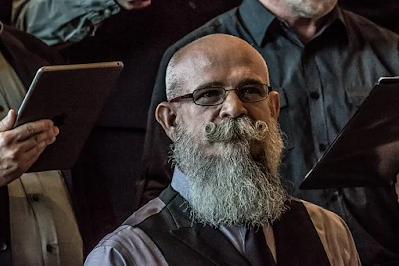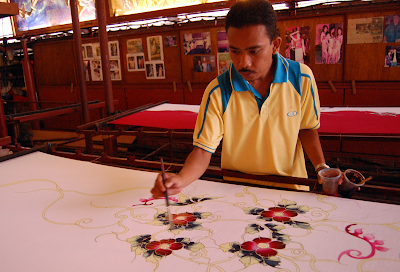Featured
- Get link
- X
- Other Apps
HARDY AMIES.
Hardy Amies, a British couturier, is most known for being Queen Elizabeth II's longest-serving dressmaker.
Amies clothed the queen and a tiny clientele of aristocratic and rich ladies for half a century, with the help of a highly talented workforce in the Savile Row workrooms.
His men's clothing and overseas licensee businesses were less visible, but they were critical to the company's financial stability.
The licensee company profited from Amies' status as the queen's dressmaker and the competence of his employees, but its success ensured the couture house's existence.
Early Years.
Hardy, Edwin Amies was born on July 17, 1909, in London.
He had some experience with dressmaking thanks to his mother's job as a saleswoman for Miss Gray, Ltd., a London court seamstress, but it was not his preferred profession.
He aspired to be a journalist and travelled to Europe to acquire French and German on the recommendation of the Daily Express's editor.
In 1931, he returned to the United Kingdom and joined W. and T.
Avery, where he sold industrial weighing equipment and hoped to be moved to Germany, but dressmaking was obviously his calling.
Miss Gray was offered a position as a designer at Lachasse, a sportswear business owned by Miss Gray's husband, Fred Shingleton, after a chance letter describing an outfit she wore.
Mr. and Mrs. Shingleton (Miss Gray) asked Amies to join their company for a ball to benefit the Middlesex Hospital in late 1933.
Amies described the outfit worn by Mrs.
Shingleton at the ball in a letter to Mlle.
Louise Pro bet-Piolat (Aunt Louie), a friend of his mother's.
In turn, Aunt Louie wrote to Mrs.
Shingleton, expressing her delight at "how realistic she found my depiction." "You ought to get that boy into the business in Digby Morton's place," Mrs Shingleton said as she tossed the letter across the table to her husband (Amies 1954, pp. 52–53).
Amies seized the chance, despite his complete lack of practical dressmaking knowledge.
Lachasse and the War
In 1928, Lachasse was founded as a subsidiary of Fred Shin gleton's Gray and Paulette, Ltd.
The company specialized in custom-made daywear for British upper-class people who split their time between London and the countryside.
When Amies joined the company in 1934, he took over from Irish designer Digby Morton, who he credited with turning the basic rural tweed suit "into an exquisitely cut and precisely made garment that could be worn with confidence at the Ritz" (Amies 1954, p. 54).
Following Morton, Amies focused on creating fashionable, feminine tailoring.
The year 1937 was a watershed moment in history.
A Lachasse suit was featured in the April issue of British Vogue, and Amies made his first sales to American purchasers in London for King George VI's coronation.
Amies' ability with pattern and color was complimented by Vogue, but the very static form of his suits, which now included the somewhat low waist that had become emblematic of his cut, was criticized.
This progressively developing line was precisely what Amies' consumers were looking for.
They wanted garments that were fashionable but would also mix in with their current wardrobe, that were stylish but not flashy, and that were well-cut, well-fitted, and durable.
Throughout his career, Amies catered to this very English style of attire.
Mrs. Ernest Guinness, a social hostess, and the actress Virginia Cherrill were among his Lachasse clients.
Sales at Lachasse had increased by 1939, but Amies' requests to design under his own name were denied.
He was restless and dissatisfied, and he viewed World War II as a way out.
He joined the Intelligence Corps before switching to the Special Operations Executive's Belgian branch in 1941, where he reached to the rank of lieutenant colonel.
Amies created during the war, contributing to government-backed export collections and selling via the London house of Worth after departing from Lachasse.
He was a founder member of the Incorporated Society of London Fashion Designers, and from 1959 to 1960, he was the society's chairman.
Savile Row
After demobilization, Amies established his own home at 14 Savile Row, in the heart of London's tailoring sector, in November 1945.
Staff from Lachasse, Worth, and Miss Gray joined him, bringing with them their clientele and expertise, allowing Amies to build a reputation for excellence in all areas.
He was regarded youthful in couture standards, despite the fact that he was approaching forty.
Amies capitalized on this by portraying himself and his home as energetic, young, and forward-thinking.
He was one of the first London couturiers to launch a boutique line in 1950, catering to overseas clients, select provincial retail consumers, and the general public.
Within two years, the new company had grown to half the size of the previous one.
Amies' first order came from the future Queen Elizabeth II in 1950.
He was granted the coveted royal warrant in 1955, which he kept until his death.
Although Norman Hartnell remained the queen's favorite dressmaker, Amies' place at the pinnacle of his profession was safe.
Designing for the queen elevated him to international prominence, drew distinguished clientele, and ensured his personal acceptance in society's upper echelons.
He went on to design for Princess Michael of Kent and Princess Diana of Wales.
Men's Clothes
In 1959, Amies debuted in the men's wear industry with a collection of silk ties for Michelson's.
Young adult men's taste for more formal, body-conscious clothing, as well as the appeal of American and Italian fashions, prompted British manufacturers to reformulate their image and product in the 1950s.
Amies was contacted by Hep Worths, a middle-market multiple tailoring firm.
In 1961, he developed his first collection for Hepworths with the goal of "making the consumer feel younger, wealthier, and more appealing" (Amies 1984, p. 68).
His designs were never cutting-edge, but they were intended to appeal to a wide range of customers.
By 1964, his men's clothing sales had risen to almost £15 million, compared to £0.75 million for women's wear.
His collaboration with Hepworths resulted in a series of licensee agreements across the world, from the United States and Canada to Australia, New Zealand, Japan, Taiwan, and Korea, selling men's and select women's clothes.
Ken Fleetwood, Amies' codirector, took over the women's wear design as Amies devoted more attention to the licensee business (d. 1996).
Hardy Amies, Ltd. was sold to Debenhams in 1973 to build a ready-to-wear business, but Amies acquired it back in 1980.
In 1977, Hardy Amies was made a Commander of the Victorian Order (CVO), and in 1989, he was knighted.
In 1964, he was named a Royal Designer for Industry.
In 1962, he won the Harper's Bazaar Award, in 1965, the Sunday Times Special Award, and in 1989, he was inducted into the British Fashion Council Hall of Fame.
In 2001, he sold Hardy Amies to the Luxury Brands Group.
Amies passed away on March 5, 2003.
See also:
References And Further Reading:
- Get link
- X
- Other Apps











